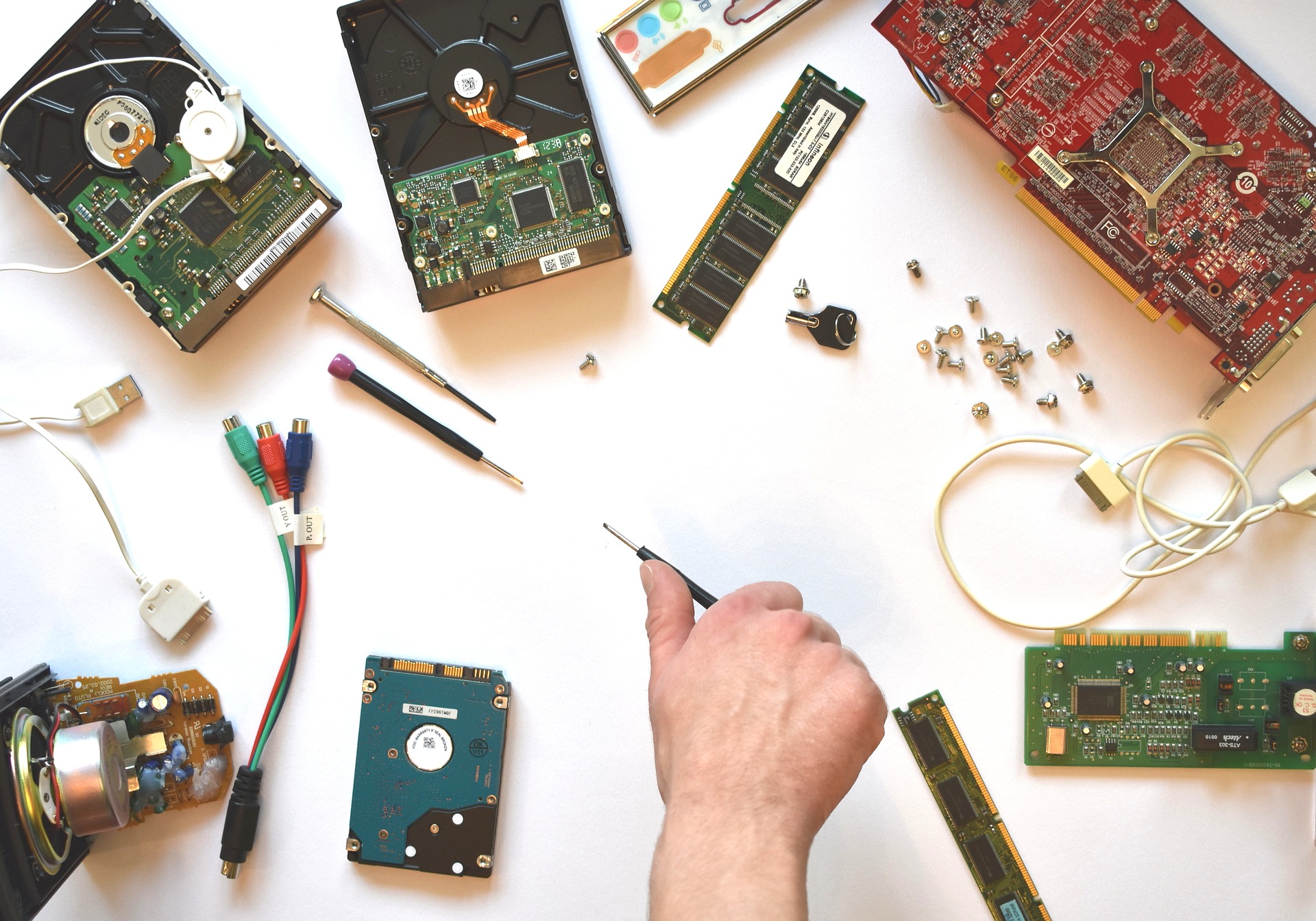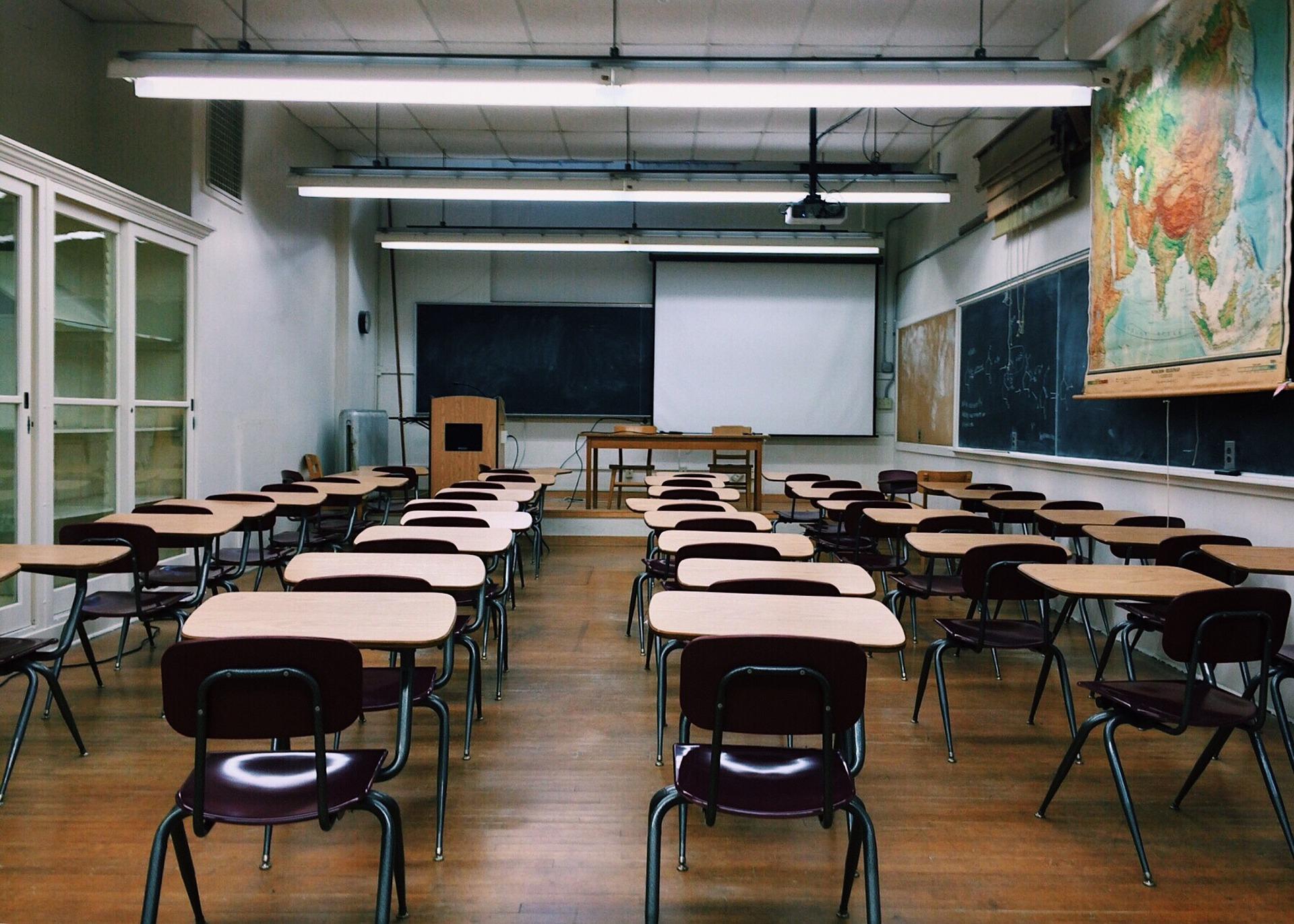Learn Chemistry Better
We are in a phase of time wherein the rate of advancements & innovations in the field of technology are going forward in such an unprecedented manner that the general population can’t find the time to keep updated on the latest technology. The first case of technology being used in schools to help children learn was in 1968. Since then, the technology has come a long way.
The number of active users who can be found online is quite a staggering number. In 1995, the number of active users was less than 1 % of the world’s population. Right now, over 40% of the world’s population has an internet connection. The integration of technology into classrooms has been slowly creeping its way into every school worldwide and is predicted only to increase over time.
But when it comes to the concept of technology, parents usually have mixed emotions. Parents often refer to technology as a waste of time and money. But it is clear from several studies that technology has what it takes to help students to learn better and also to help teachers to teach better. But there is a condition, just as parents fear technology can be a waste of time and money unless the student uses it appropriately.
Let us now look at some of the many advantages which incorporating technology into classrooms can do for students trying to learn chemistry or any subject for that matter.
● Accessibility
With the help of technology, the world has really become a smaller place. Gone are the days when the adventure novel “Around The World In Eighty Days” published in 1873 pushed the people’s imagination. With the right resources and if done right, a person can circumvent the planet’s equator within 24 hrs. That’s how effective technology has made our actions. Technology can now offer worldwide accessibility to study material now. In the form of a digital Ebook, students can use their study material wherever they may be through a laptop, their phone or a tablet device. This has taken away the need for students to carry around heavy bags with large textbooks to study. Now students can store the whole content of textbooks from class 1 to 12th in a single digital device running an operating system.
● Clarity
Teachers in school were limited greatly and under a huge disadvantage when they were handling classes with 30 – 40 students. Firstly, the two-dimensional drawing pad “the blackboard”. Suppose that a teacher had to teach a topic and you have to learn chemistry say atomic structure. The teacher can only explain the knowledge she has on the topic to the students in two ways. She can verbally explain the concept and use the 2D blackboard to draw the 2-dimensional structure so that the students can imagine the concept in their minds. Now there is a gap between the teacher and the student as the student will have his version of the concept based on what he grasped from what the teacher taught verbally and the 2-dimensional imagery. The student’s version of the concept is usually never correct. This problem is overcome with the help of technology. With the help of art animations, technology offers the exact real-life scenario and application of the topic. This will help to get the right image of the topic across to the student, also helps the student to remember the topic better.
● Global collaboration
As mentioned before, technology has really made the world a really small place. People can Skype their friends from the other side of the planet when they feel like it. Suppose a student is learning a topic of chemistry like electronic configuration and gets stuck up on a topic. With the internet, he or she can Google the right answer. If it’s not online on a generic website, there are multiple options to get through this. One option would be to approach a chemistry forum. If you ask the right question, you are bound to get a set of replies to your doubt. If that isn’t good enough, there are websites offering round the clock mentoring support so that the learning never ends.
● Remembrance
Take the scenario wherein you read a newspaper and watched a movie, both completely. Now a month later, what if someone asks you to summarize what you read in the newspaper and what was the plot of the movie. You are more likely to remember the plot of the movie much better than what was in the newspaper. This isn’t because you are lazy or have a bad memory, this is how the brain is hardwired. The brain has a better retention power to information covering multiple senses and dimensions. As the newspaper lacks clarity and the sound layer, it only registers in the memory up to a certain depth. The movie, on the other hand, offers audio and visual content side by side. This audio visual content registers better in your brain enabling you to remember the plot of the movie for a longer time. The same advantage that the movie has over the newspaper is what the new age content brought out by technology has over textbook learning methods.
Thus, we have had a small discussion on some of the many effects and advantages which technology brings when you are learning chemistry. To learn more about how technology integration has changed the way we learn in this current day and age, check out this YouTube channel to watch new age content for learning topics of chemistry



